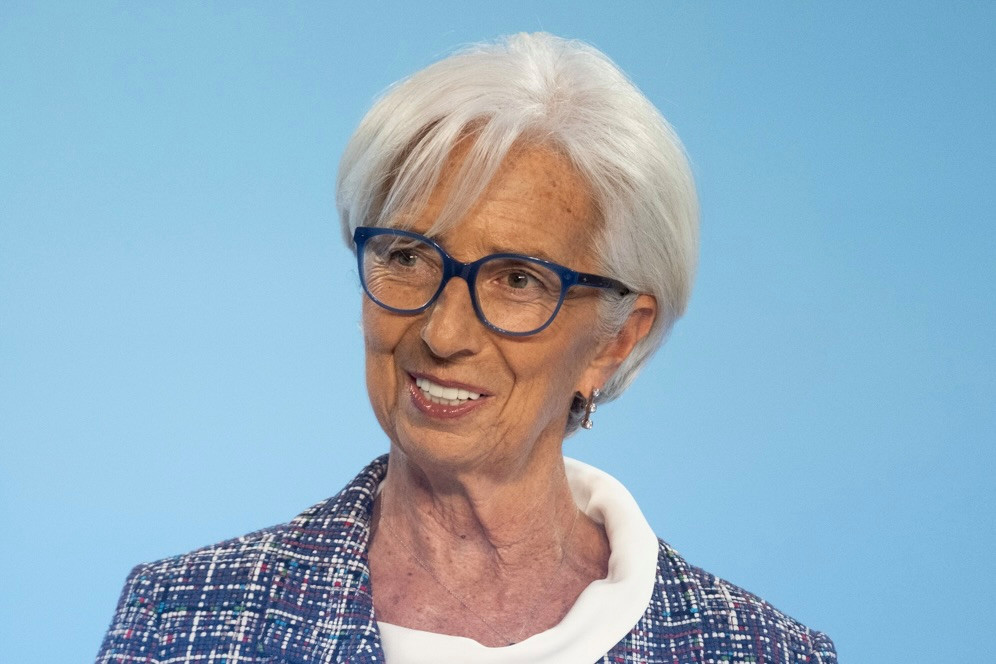The European Central Bank has a 25 basis point cut in its deposit facility rate, lowering it to 3.50% effective from 18 September 2024. On Thursday 12 September, ECB president Christine Lagarde stated that this decision was made “based on the governing council’s updated assessment of the inflation outlook, the dynamics of underlying inflation and the strength of monetary policy transmission.” This move was widely and aligns with market expectations.
The decision to lower the rate reflects recent inflation data and updated ECB staff projections. According to these projections, headline inflation is expected to average 2.5% in 2024, 2.2% in 2025 and 1.9% in 2026. Lagarde noted that inflation is anticipated to rise again later this year, “partly because previous sharp falls in energy prices will drop out of the annual rates.” However, she added, inflation should decline towards the ECB’s target over the second half of 2025. The projections for core inflation have been slightly revised upwards, with expectations of a decrease from 2.9% this year to 2.0% in 2026.
Domestic inflation remains high, driven in part by persistent wage increases. Despite easing labour cost pressures and profits mitigating some inflationary impacts, economic activity remains subdued. The ECB’s staff has forecast economic growth of 0.8% for 2024, increasing to 1.3% in 2025 and 1.5% in 2026. Lagarde acknowledged that these figures represent a “slight downward revision” from previous projections, attributed mainly to weaker domestic demand.
Read also
In addition to lowering the deposit facility rate, the ECB has adjusted the spread between interest rates on main refinancing operations and the deposit facility to 15 basis points. The marginal lending facility rate will remain 25 basis points above the main refinancing rate, which will be set at 3.65%, while the marginal lending facility rate is adjusted to 3.90%. Lagarde highlighted that these changes are intended to “moderate the degree of monetary policy restriction” and enhance the effectiveness of monetary policy.
The ECB has also implemented changes to its asset purchase programme (APP) portfolio, ceasing to reinvest principal payments from maturing securities. The Eurosystem will reduce the pandemic emergency purchase programme (Pepp) portfolio by €7.5bn per month on average. Lagarde stated that the ECB “intends to discontinue reinvestments under the Pepp at the end of 2024” while continuing to apply flexibility to manage risks related to monetary policy transmission arising from the pandemic.
The governing council remains committed to ensuring that inflation returns to its 2% medium-term target in a timely manner. Lagarde emphasised that the council’s approach will remain “data-dependent and meeting-by-meeting,” adapting to the evolving economic conditions and inflation dynamics without committing to a specific rate path.
The next rate-setting council meeting is scheduled for 17 October 2024.
